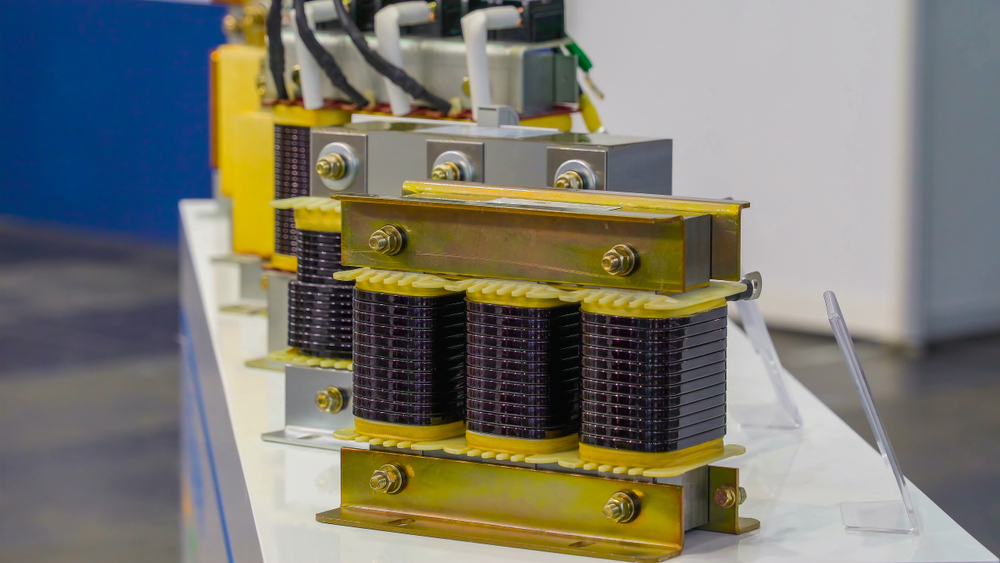Electrical Transformers: Delta versus Wye
- By Ron Abma
As a company known for its knowledge and support in the electrical industry, we deal with a lot of electrical transformers and the trials and tribulations that can occur situationally.
Recently, Electram supplied a phase converter to connect a customer's custom-built transformer to their new electric car charging station. Unfortunately, when the customer had their transformer built they didn't specify to the manufacturer that they needed a neutral connection on the output. Since they didn't have a neutral, the voltages wandered all over the place once everything was connected. This was obviously a problem for their char charging station.
In an effort to resolve this problem, we spoke with everyone we could think of; including people from the electrical inspection industry and transformer engineers to determine what voltage they would have if there was no neutral. No one knew.
So, we went back to the root of the problem and started analyzing the engineered drawings for the transformer. We determined that their custom transformer did not have a ground reference directly connected to the winding. Without this connection, the transformer will not have a stable output voltage.
Let’s break it down even further - in the transformer world, a Delta connection is three hot wires, and a Wye connection is three hot wires and a ground. In this case, their transformer had a delta connection (three hot wires). Usually, in this industry, going from Delta to Wye, is totally acceptable because there is a grounding point for the windings in the transformer resulting in stable voltage outputs.
In this case, we were supplied with a Wye input, and a Delta output, leaving no place for a grounding connection. As the car charger started to load up, the voltages were all over the place which caused our equipment to trip out.
After some research, it was determined that the transformer manufacturer did put ground point somewhere on the delta output, but didn’t show it on the wiring scheme. Our electrician was able to find this unmarked grounding point. He grounded it to the frame, and voila, voltages stabilized.
Every experience/story we encounter is a learning experience. In this situation, we learned that you only get what you ask for. The customer didn't ask for a neutral so they didn't "officially" get one when their transformer was built for them. We also learned to check our customer's equipment for a grounding reference as custom builds may not have them.



